Living in a humid apartment poses unique challenges for plant care enthusiasts. Whether you’re a seasoned botanist or a newbie, knowing how to properly care for your plants in such conditions is crucial. This guide provides essential tips on choosing the right plants, maintaining optimal moisture levels, and preventing mold to keep your indoor garden thriving. Ready to transform your space into a lush, green oasis? Let’s dive into the specifics!
Choose the Right Plants for Humidity
Selecting the appropriate plants for a humid environment can make a significant difference in their growth and health. Humidity-loving plants thrive in these conditions, while others might struggle. Most tropical plants are well-suited for humid conditions and can transform your apartment into a lush oasis.
Ideal Choices: Opt for plants like Boston Ferns, Peace Lilies, and Spider Plants. These varieties not only tolerate but also flourish in humidity. Their lush foliage can add a vibrant touch to your space.
Furthermore, Pothos and Monstera are wonderful additions as well. These plants are adaptable and require minimal care, making them perfect for a busy lifestyle.
Placement
Consider placing your humidity-loving plants in areas like the bathroom or kitchen where moisture levels are naturally higher. This mimics their natural environment and promotes healthier growth.
Container Selection: Use breathable pots to avoid water accumulation at the roots. This prevents root rot and fosters a strong root system.
With the right selection, your plants will not only survive but thrive in the ambient conditions of your home, contributing to a serene and refreshing atmosphere.
Monitor and Manage Moisture Levels
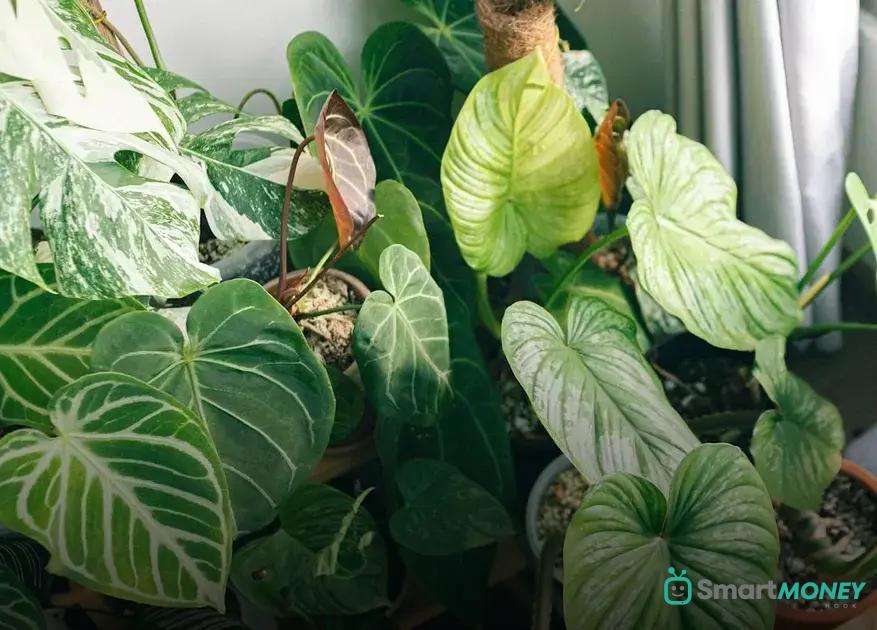
Regularly assessing moisture levels in the soil is crucial for maintaining plant health. Insert your finger about an inch into the soil. If it’s dry, it’s time to water. Be cautious not to overwater, as this can lead to root rot, especially in a humid apartment. Using a moisture meter can help you track water levels more accurately, providing precise data to ensure your plants are well-hydrated without excess moisture.
Understanding Plant Needs
Different plants have varied water requirements. Tropical plants might flourish with more moisture, while succulents need less. Knowing the specific needs of each plant ensures you cater your watering routine to their preferences, fostering healthy growth. Regular observation is key to recognizing early signs of over or underwatering such as wilting or yellow leaves.
Utilize self-watering pots if you’re often away from home. These pots help regulate water intake and prevent overwatering. Additionally, consider setting up a watering schedule to maintain consistency, which is crucial in a humid environment where evaporation rates differ from drier conditions.
Optimal Lighting for Indoor Plants
Indoor plants require optimal lighting to thrive, especially in environments with high humidity. Different plants have varying needs, so understanding these is crucial for their growth. A key factor is determining the intensity and duration of light your plants receive, as well as the type of plant you are caring for. Natural and artificial light sources can both be effective if used properly.
Start by positioning your plants near windows that receive ample sunlight. South-facing windows tend to provide the strongest light, ideal for sun-loving plants like succulents. However, if your apartment lacks sufficient natural light, consider using grow lights. These can offer the necessary spectrum of light that mimics sunlight, promoting photosynthesis and healthy growth.
It’s important to monitor your plants for any signs of light deficiency, such as leggy growth or pale leaves. On the other hand, be wary of overexposure, which might cause scorched leaves. Adjust plant placement or lighting sources accordingly.
Utilizing reflective surfaces near plants can help increase their light intake if natural light is limited. Mirrors or white walls can reflect additional light onto your plants. Meanwhile, pay attention to the distance between plants and artificial light sources. Maintaining an appropriate distance will prevent heat damage but ensure plants receive adequate illumination.
Preventing Mold and Pests
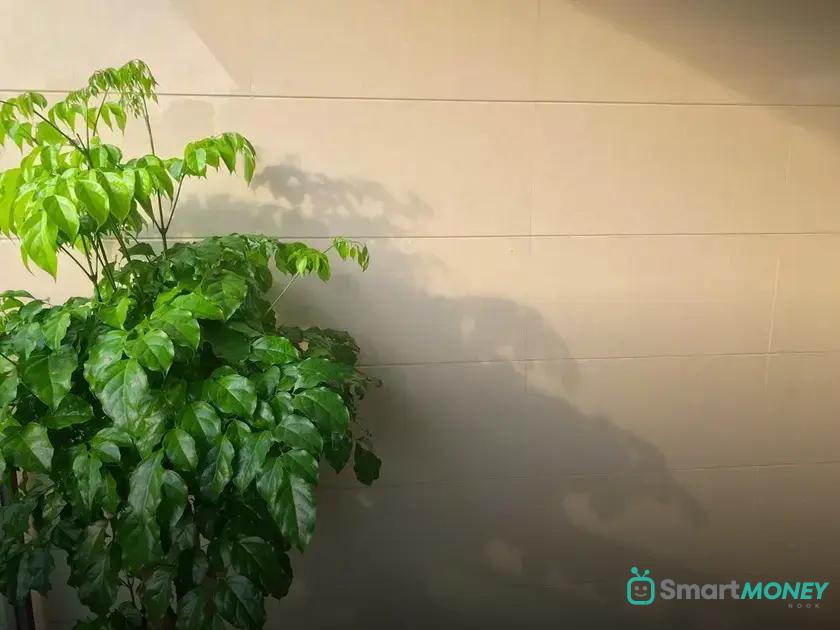
One of the challenges of caring for plants in a humid apartment is preventing the growth of mold and infestation by pests. Mold thrives in damp environments, which can often be found in humid homes. To reduce mold growth on your plants, ensure there’s proper air circulation. Placing a small fan near your plants can help refresh the air and prevent mold spores from settling.
Moreover, avoid overwatering your plants as this can create a breeding ground for mold and pests. Check the soil moisture before watering. A simple way to do this is by sticking your finger about an inch into the soil. If it feels dry, it’s time to water. Otherwise, wait a few more days to prevent waterlogged roots.
Keeping the leaves of your plants clean is essential too. Dust accumulation can retain moisture and invite mold. Gently wipe the leaves with a damp cloth or use a mild insecticidal soap if you notice any signs of pests. This keeps the leaves free of debris and helps them photosynthesize effectively.
In addition, introducing natural predators like ladybugs to your indoor garden can help control unwanted pests without the need for chemical pesticides. Ladybugs can effectively reduce aphid populations which often plague houseplants.
If you spot mold on your plant, remove the affected leaves immediately. You can also use a mix of baking soda and water as a light anti-fungal spray for the soil. Maintaining cleanliness and careful monitoring are key strategies in preventing mold and pests in humid apartments.
Routine Care Tips for Lush Greenery
Maintaining vibrant greenery within a humid apartment is achievable with consistent and proper care. Water your plants regularly, but be cautious not to overwater, as this might lead to root rot. Ensure pots have proper drainage to allow excess water to escape.Regularly mist your plants to mimic their natural humid environment. This keeps their foliage healthy and improves the air quality around them. Clean and dust the leaves gently with a damp cloth to allow them to absorb more sunlight.
Pruning and Trimming
Keep your plants looking their best by pruning and trimming dead or yellowing leaves. This not only improves the plant’s appearance but also promotes healthy new growth. Rotate your plants occasionally so that they grow evenly and receive light from all angles.Fertilizing is vital for lush growth. Use a balanced, water-soluble fertilizer monthly during the growing season. Be mindful of the type of fertilizer you use, as each plant may have specific nutritional needs. Regular checks and adjustments to your care routine can help your plants thrive in a humid environment.

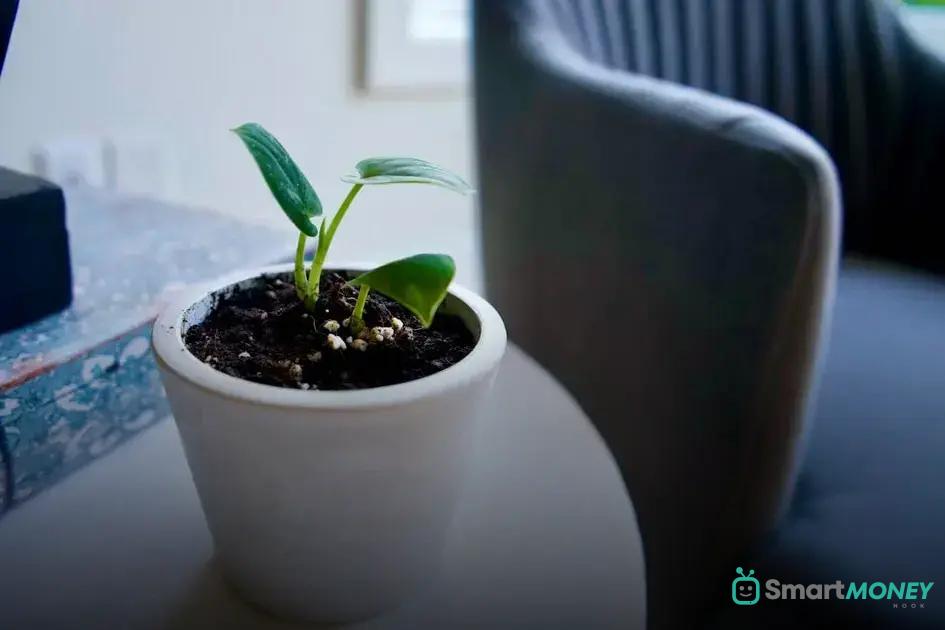
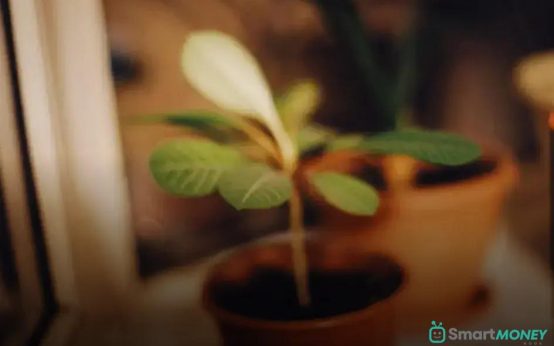 How to Start a Plant Journal to Track Growth Effectively
How to Start a Plant Journal to Track Growth Effectively 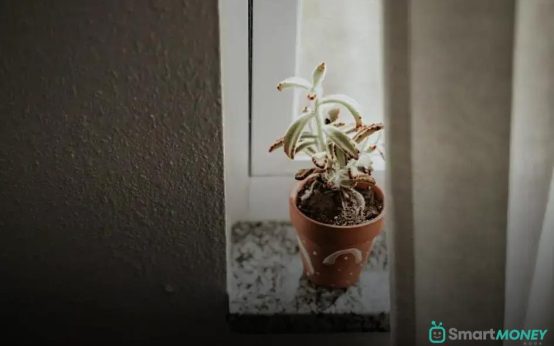 Growing Edible Plants Inside Your Kitchen: Tips & Tricks
Growing Edible Plants Inside Your Kitchen: Tips & Tricks 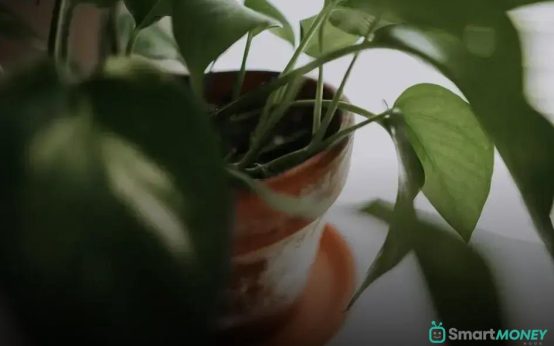 How to Rescue a Dying Houseplant: Easy Tips and Tricks
How to Rescue a Dying Houseplant: Easy Tips and Tricks